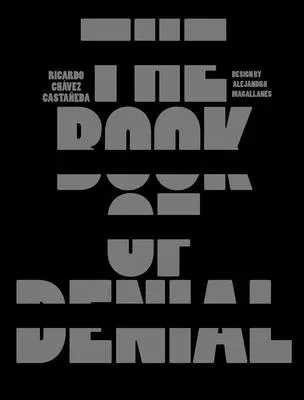A visually stunning horror story, ghost story, and work of graphic
literary fiction, this book tells a raw and disturbing story rooted in
our human history, with a devastating and unforgettable ending.
"How can you see letters without wanting to read them? How can you look
at the sea without wanting to swim in it?"
A boy (no more than nine) discovers that his father is writing a history
of infanticide. Curiosity compels the boy, and so the sea in which he
begins to swim is that of his father's sloping handwriting.
Every night, the boy goes through a fragment of those pages--pages that
make him feel suffocated and unable to sleep--while every day he asks
himself if children should know this horror story. But the boy's most
pressing concern is something else: that history is catching-up with him
and the other children, as his father's book progresses through the
ages. Will the story reach the present day and find him?
This book has many intentions, one of them being to ask why adults know
so little about the moments in history where infants were exterminated,
such as the time of the Roman Emperor Nero, the crusades against
children, the massacre of the Holy Innocents, the Congress of Basel in
1437, Napoleon and the regiments of Marie Louise... right up to the
child trafficking and domestic violence of today. Chávez Castañeda and
Magallanes focus here so that others will care, and so that this history
will resurface for transmission and remembrance. They also tell the
story as a commentary on our own times, as a way of provoking us to
think more honestly and deeply about childhood, children, and the
respect we owe them in their difference from adults.
Written by genre-defying Mexican author Ricardo Chávez Castañeda, The
Book of Denial is a dark and powerful story within a story, illustrated
with a striking graphic sensibility by Alejandro Magallanes and
translated by Lawrence Schimel.
This is the third book to appear under Unruly, an imprint of picture
books for older readers, and will include a short note to readers about
how it continues to build this experimental framework of visually
complex, sophisticated picture books for teens and adults.

